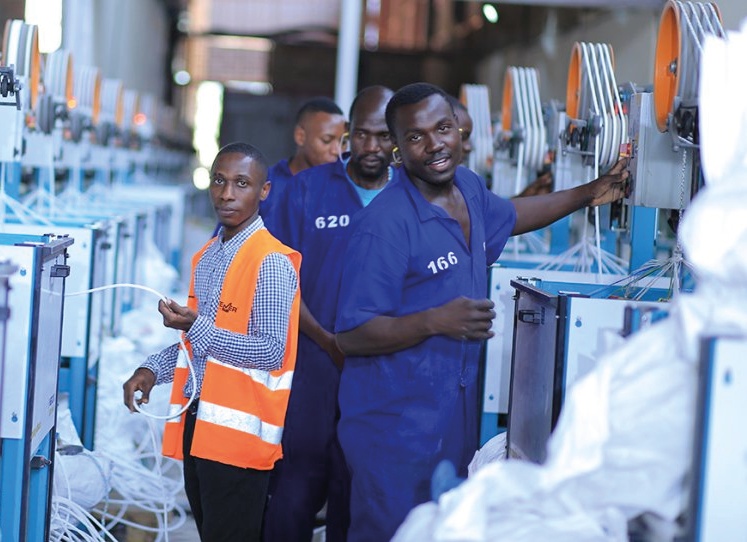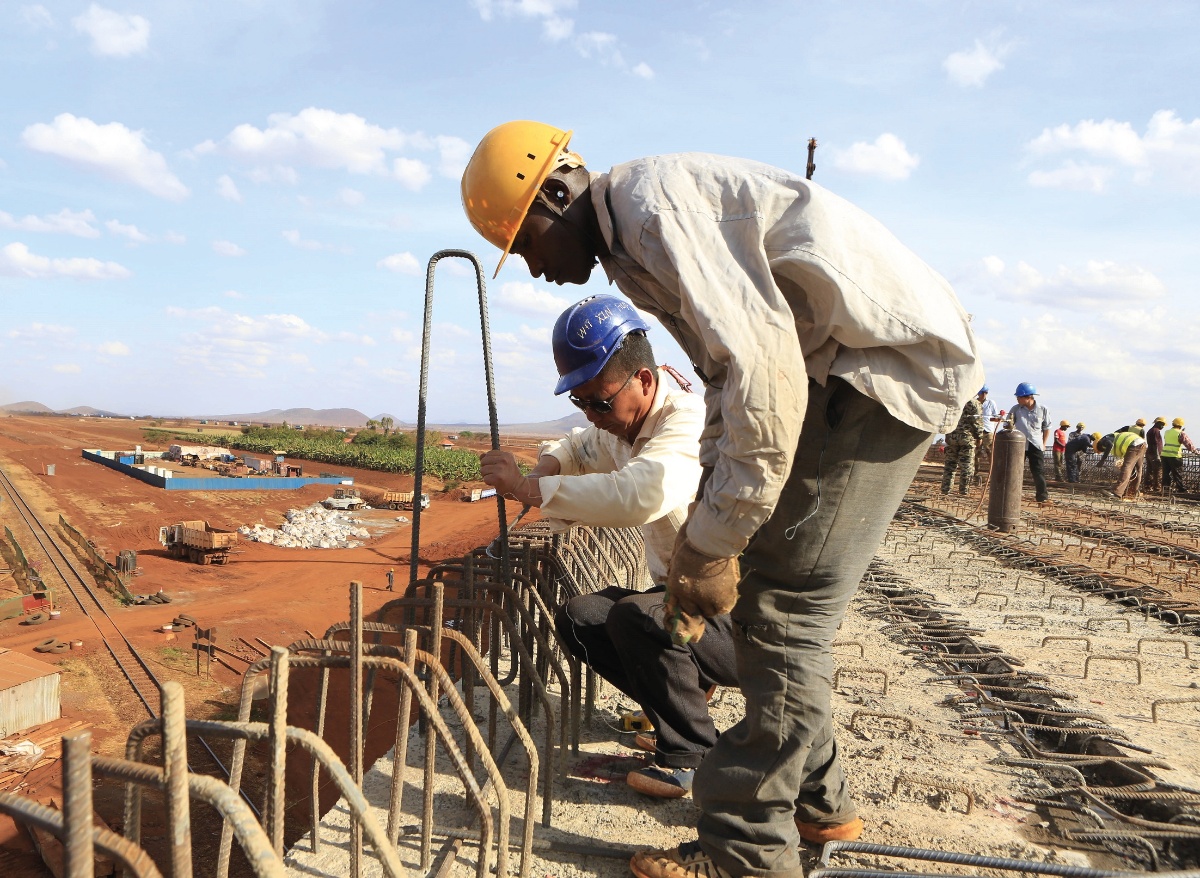ReshapingInfrastructureDevelopment
National Science, Technology, Engineering and Innovation Centre (NSTEIC)
NSTEIC has been established under the National Science Technology Engineering Innovation and Skills Enhancement Project (NSTEI-SEP) being implemented by UNCST to align with the NRM manifesto and Uganda’s Vision 2040 agenda of setting up science and technology parks, engineering centers, technology and business incubation centers that meet international standards.
Technology Innovation and Business Incubation Centre (TIBIC)
This facility is under establishment in Namanve to host the electronics manufacturing facility and serve as a platform for technology development via the Process Industry Learning Factory model that provides common user facilities and shared workspaces for scientists and innovators.
Constructing Sustainable Infrastructure
We continue to play a critical role in increasing research and innovation capacity through support (and funding) for infrastructure development across the STI arenas through endeavours such as;

Learning Factory Model / Learn by Producing Model


Design for Manufacturing and Assembly


Local Infrastructure Projects

Frequently Asked Questions
- a) Energy
- b) Railways
- c) Roads
- d) Bridges
- e) Airports
- f) Minerals
- g) Materials
- h) Nanotechnology
- i) Manufacturing Industry
- j) STI & ICT Telecommunications Infrastructure
Stakeholders can get involved by participating in our programs, workshops, and retreats. They can also collaborate on research projects, contribute to policy development, and engage in our advocacy and advancement programs. For more information on how to get involved, stakeholders can contact us directly through our website.
The Bureau offers various forms of support, including technical guidance, research collaboration, policy development, technology transfer, and capacity building. We also provide resources and expertise to help stakeholders implement innovative solutions and improve their operational efficiency.

